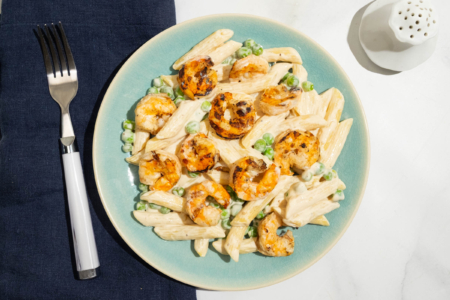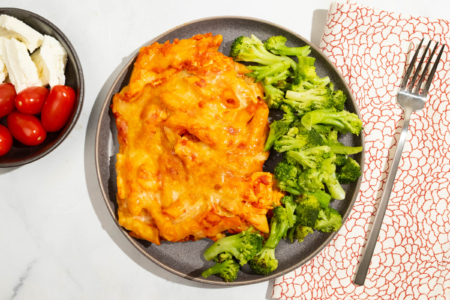Salad dressing can sometimes feel intimidating. What type of oil should I use? What’s the best ratio of oil to vinegar? What’s an emulsifier? We’re here to assuage your fears and help you learn the basics so that you can make a variety of dressing with items you likely already have on hand. Here are 6 tips to help you make the perfect dressing every time.
1) Get Your Ratio Right
To make any type of simple dressing or vinaigrette use a ratio of 3 parts oil to 1 part acid. In basic terms this could be 3 tablespoons of oil to 1 tbsp of acid if you’re only making dressing for one or two people; or if you need a lot of dressing you could use 1 cup oil to ⅓ cup acid.
2) Pick Your Oil
Select an oil that works for you. The most common oil used in vinaigrettes and homemade dressings is olive oil. High quality olive oils can be fruity or spicy, bitter or smooth, mild or intense. Depending on the other ingredients in your dressing or in your salad, you may want to choose an olive oil that complements or downplays these other ingredients. We like olive oil for nearly all of our dressings because it is so versatile, but there are lots of other oils to choose from.

Looking to make a dressing to go along with a Japanese-inspired salad? Try toasted sesame oil for a hit of nutty flavor. Want a neutral, light oil that plays well with nearly any ingredient? Try avocado or grapeseed oil. How about an oil that has subtle nuttiness with a delicate aroma? Pick up a bottle of walnut or hazelnut oil next time you’re at the store.
3) Select Your Acid
For as many oils as there are, there may be even more options for acids. From vinegars to citrus juices, there are an array of flavors to choose from. Light and bright acids include freshly squeezed lemon juice, rice wine vinegar, white wine vinegar, and lime juice. Medium to moderate acids include apple cider vinegar and red wine vinegar, which lend their own unique flavors aside from the bracing acidity. Want a robust vinegar? Balsamic, which is aged and concentrated, is the acid for you.
4) Get Mixing
As mentioned, the simplest vinaigrettes are just oil and vinegar mixed together and there are a few ways to mix them. Most recipes call for the oil and vinegar to be whisked together in a large bowl until combined. Honestly, we find this method slow and somewhat onerous. Instead, we like to combine our oil and vinegar in a tight-fitting glass jar and shake vigorously until mixed. The added benefit of this method is that you can store the dressing in this jar, making cleanup much simpler.
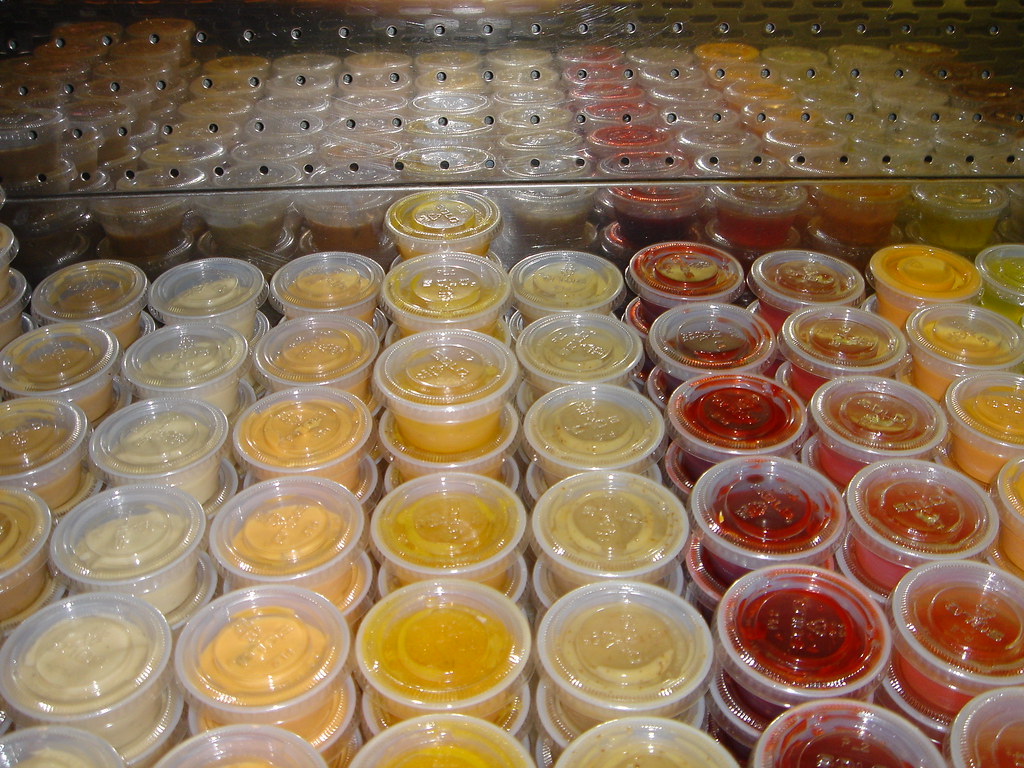
5) What About Emulsifiers?
One issue with simple vinaigrettes is that they separate out from each other easily. In order to keep them from separating you’ll want to add an emulsifier to your oil and vinegar mixture. An emulsifier works to attract the oil and vinegar to one another and bind them together. Egg yolk is an effective emulsifier and is used in well-known dressings like Caesar dressing. Other emulsifiers include mustard, mayonnaise (which is itself emulsified with egg yolk), tomato paste, and honey. Add 1 to 2 teaspoons of any of these emulsifiers to your simple dressing to help them bind together and stay silky smooth.
6) Add extra flavor with herbs and spices
Now that you’ve got the basics down it’s time to consider all the extra flavorings that you can add to your dressing to give it a little extra oomph. Herbs such as thyme, rosemary, basil, dill, or sage can add a fresh herbaceous that complements the acidity of the dressing. Looking to add more savory notes? Try adding cumin or coriander for warming notes or cayenne pepper for a little heat. Armed with this knowledge it’s time to mix up some dressing!
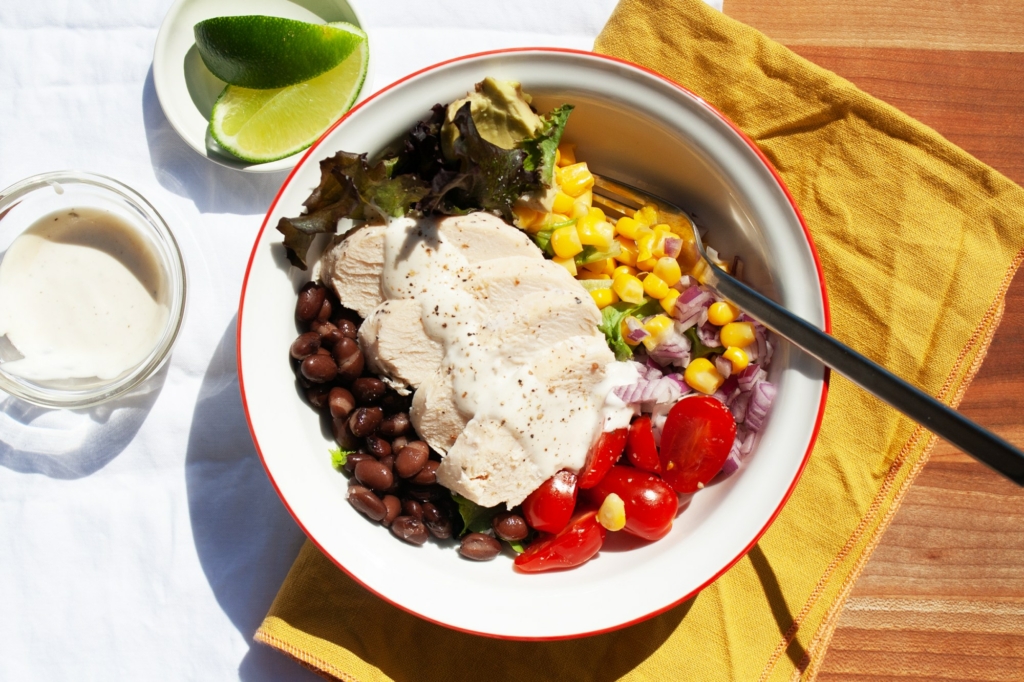
Here is an example recipe, that pairs well with just about anything, to help you get started:
Makes: 1 ½ cups dressing
In a large tight-fitting glass jar combine 1 cup olive oil, 2 tbsp fresh lemon juice, 3 tbsp white wine vinegar, 1 tsp mayonnaise, 1 tsp mustard, and 1 tsp minced fresh thyme leaves. Shake jar vigorously to emulsify. Season your dressing with salt and pepper to taste. Dressing will keep in the fridge for about 5 days, but will taste freshest the day that it is made. Here are a handful of salad recipes that would taste great with this dressing:
Winter Steak Salad

Crunchy, fresh, and bright
Wild Rice and Acorn Squash Salad

Earthy, vibrant, and verdant
Warm Chicken, Farro, and Roasted Apple Salad
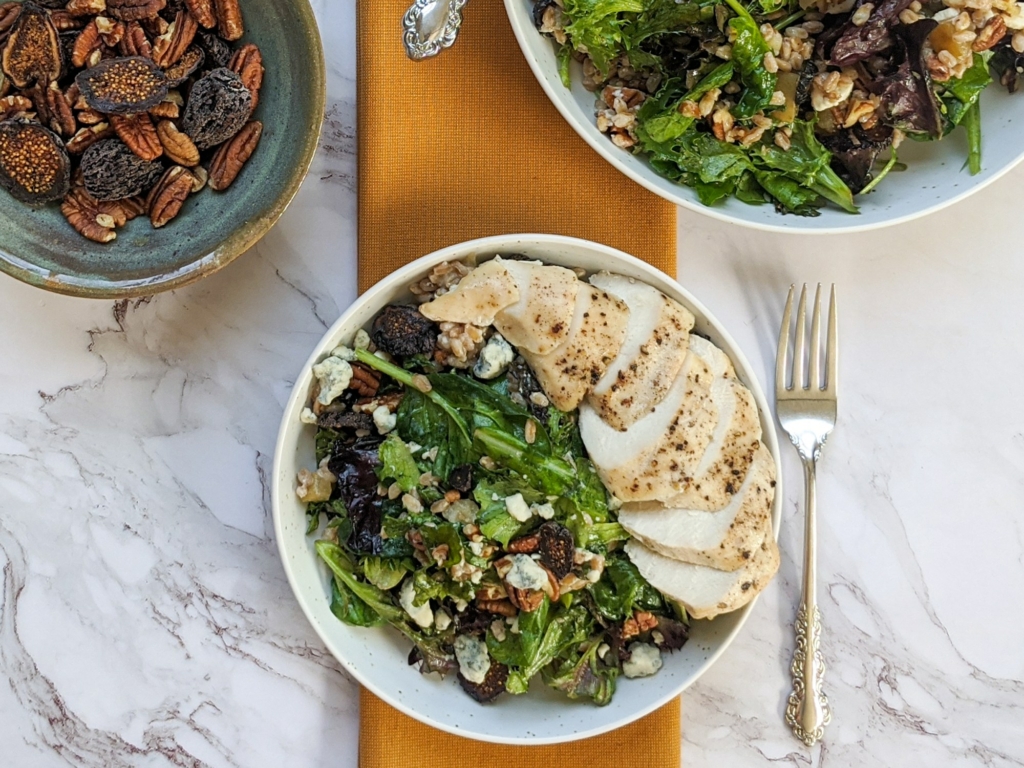
Warm, salty, and sweet


